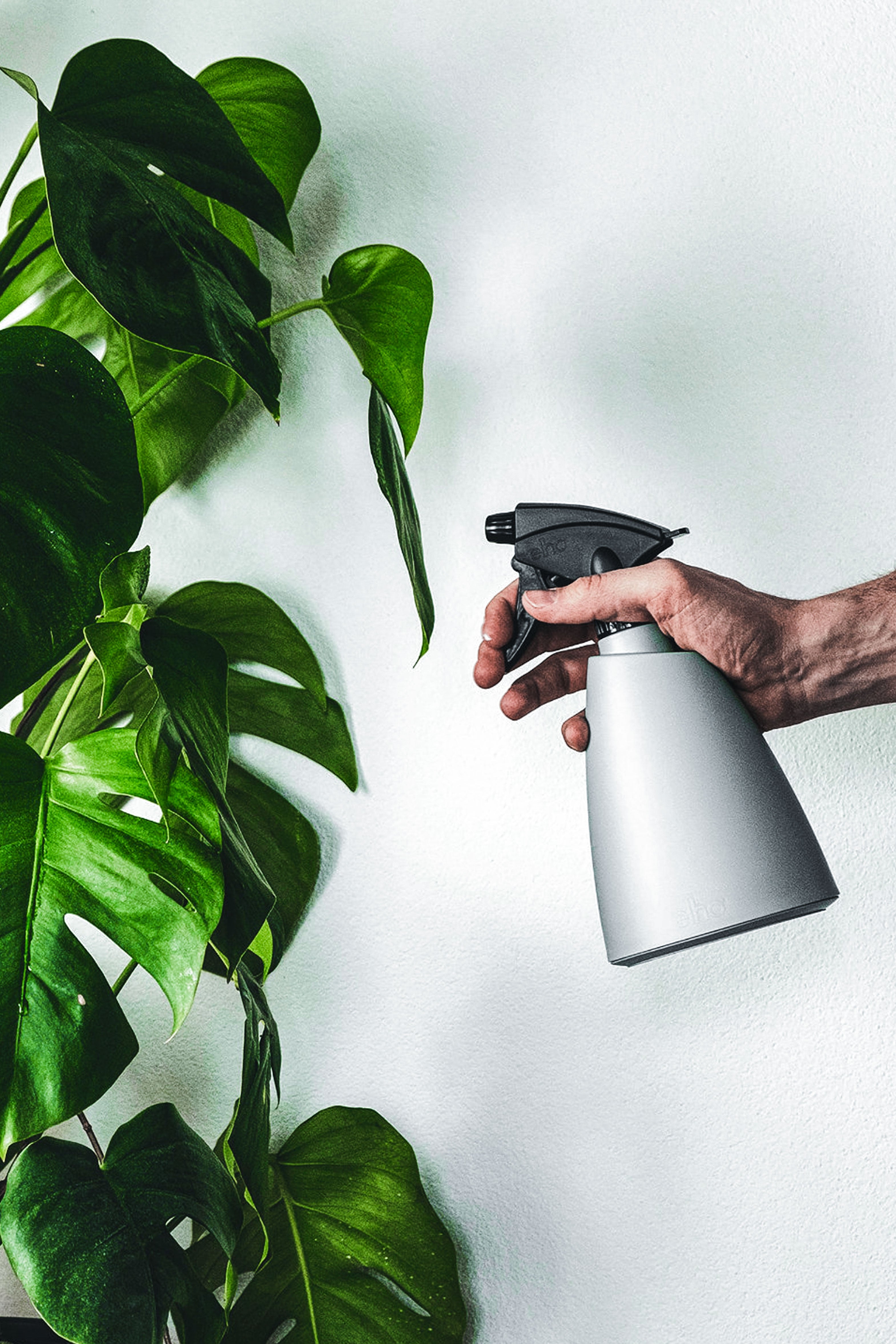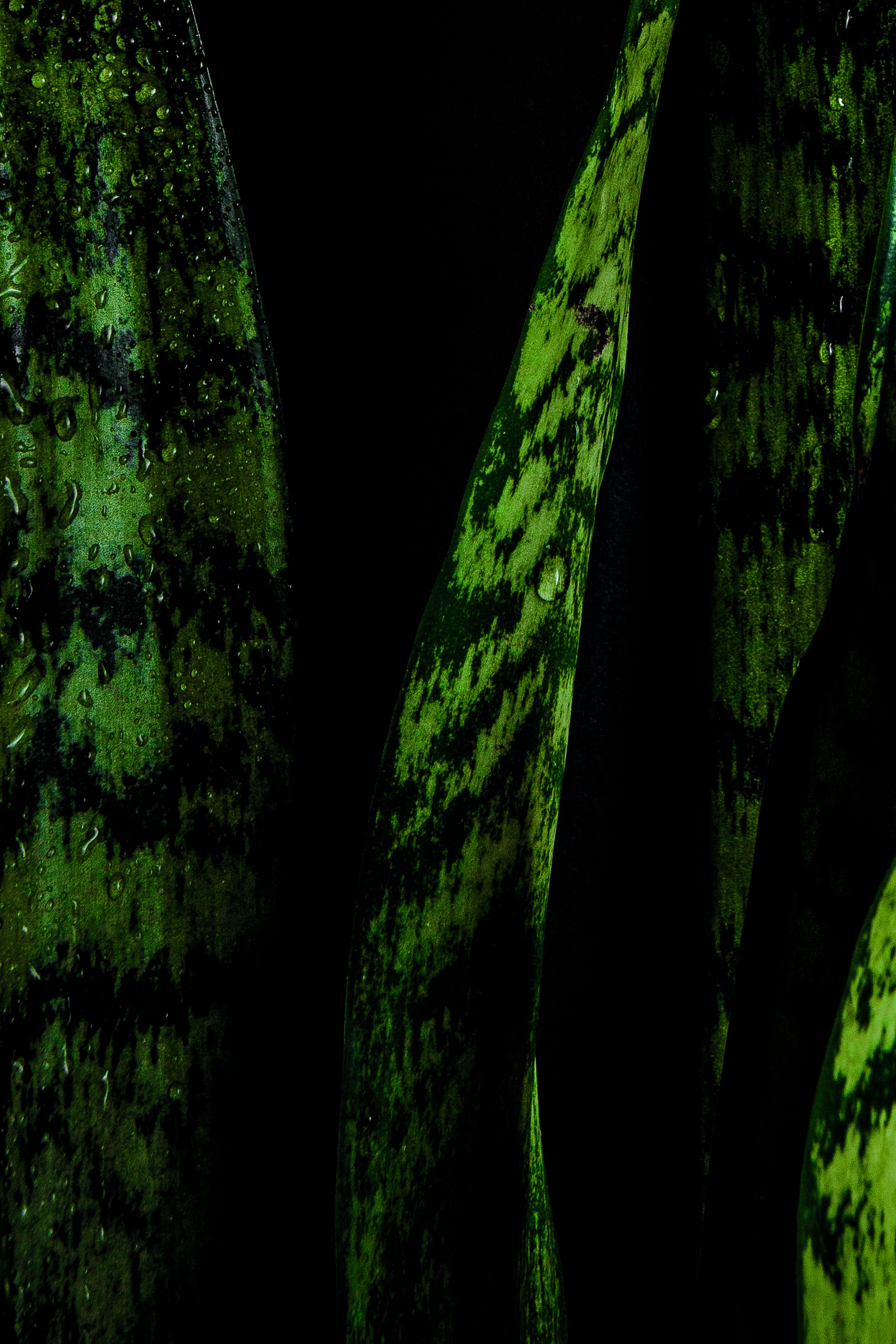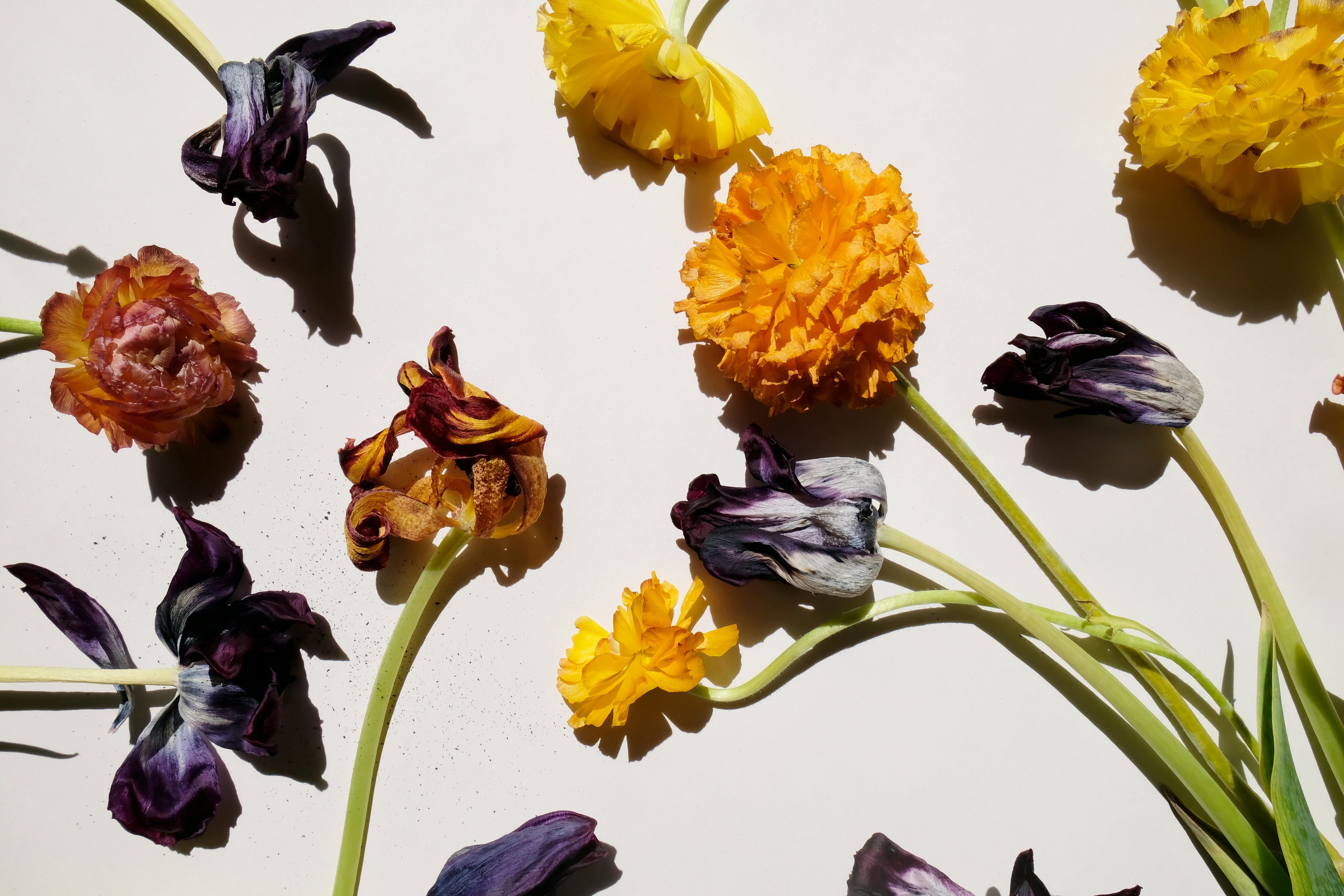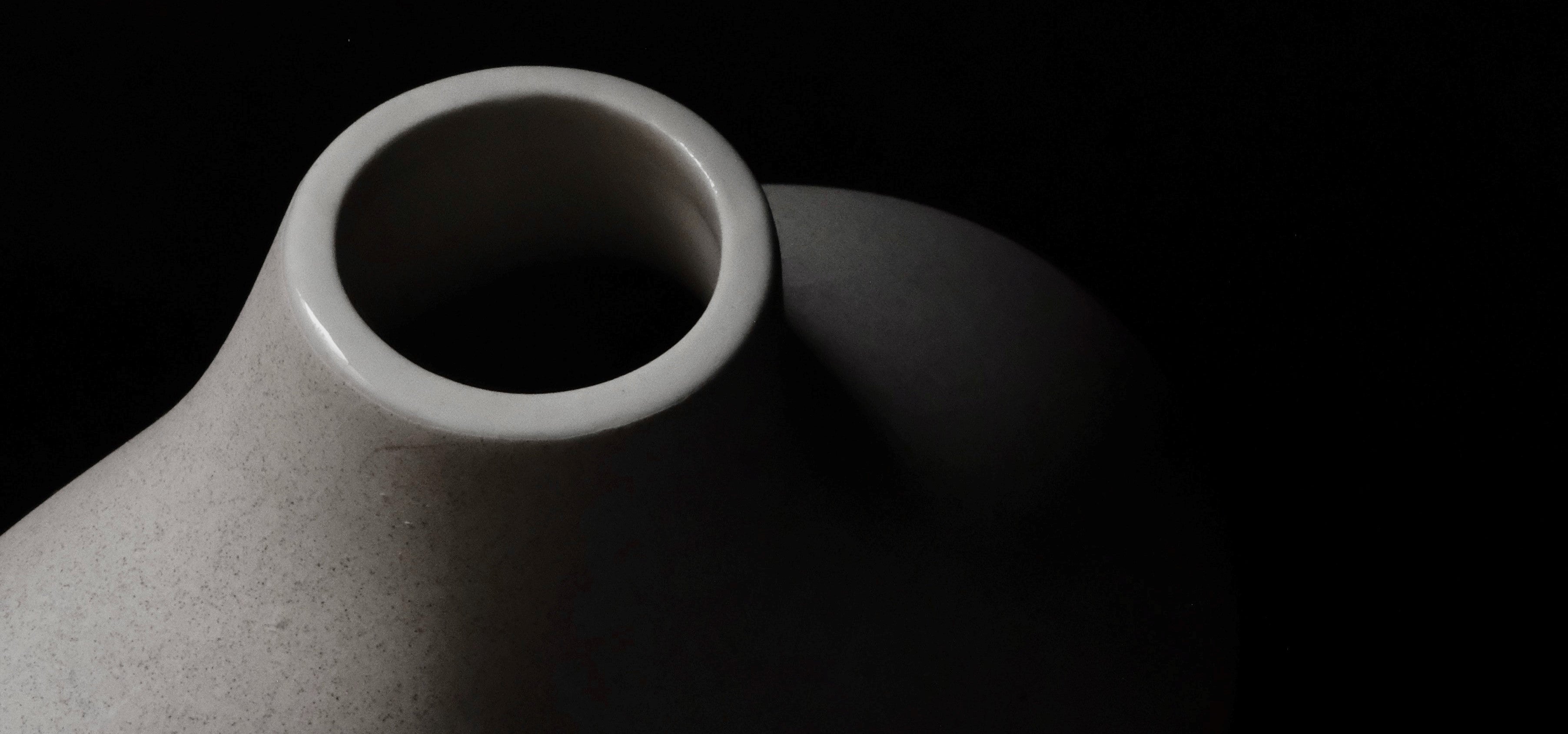Is your Spatifilium not blooming? Here's the best care to keep your plant growing bright and colorful.
The Spatifilium
One of the most elegant plants you'll find, the contrast between its bright green leaves and delicate white flowers is something to be admired daily. And when we say daily, we mean it literally, since the white Spatifilium, a plant native to tropical America, is capable of blooming year-round. Beautiful wherever you place it.
With the elegant common name "peace lily," Spathiphyllum is an easy-care, low-light houseplant. It also removes many toxins from indoor air, including formaldehyde and ammonia.
Discover the pure and elegant beauty of Spatifilium and transform your home into an oasis of serenity and freshness! Explore our selection and find the perfect Spatifilium to add a touch of nature to your space. Click here to begin your journey toward a greener, more harmonious home!
_________________________________________________
How to care for your Spatifilium
Use these instructions to care for a Spatifilium. This guide will tell you how to water a Spatifilium ; its light, temperature, and humidity preferences, and any additional care it may need to help it grow.
During the summer, water and mist peace lilies frequently because they thrive in higher humidity, like that found in the rainforest. In winter, reduce watering, but never allow the soil to dry out. If the water is highly chlorinated, use filtered water.
These plants actually prefer humid heat. Avoid cold drafts and temperatures below 55 degrees F, as the plant will die at cold temperatures.
The ideal temperature range is 65 to 80 degrees. Mist the leaves weekly with soft or distilled water throughout the summer growing season.
Feed weekly in summer or use slow-release pellets early in the season. Do not fertilize in winter.
Protect your children and pets from peace lilies. Although they are not true lilies and are not lethal, they can irritate the stomach or cause extreme salivation if ingested.
There are few pest and disease problems with peace lilies, although mealy bugs are sometimes a problem. 1 Wiping the leaves with a damp cloth is often enough to eliminate these pests.

_________________________________________________
Common problems for your Spatifilium

The most common reason for your Peace Lily's striking green leaves to turn yellow is overwatering. Sometimes, factors like a sudden change in temperature or location can also stress the plant, causing its leaves to turn yellow.
Peace lilies hate the cold, so when exposed to cold drafts or temperatures below 40 ° F (4 ° C), you may witness some leaf curling or yellowing.
How to fix it?
If you are overwatering your plant, stop immediately and follow the tips above in this article.
Your Peace Lily will flourish in temperatures of 65-80 ° F (18-27 ° C), which is what makes it a great indoor plant. Don't be careful not to place it in an area that is too cold or too hot.
Additionally, it's recommended to keep your dog away from uninsulated windows or doors during the winter months to protect it from cold drafts. Never place it in front of air conditioning vents or heaters.

However, the truth is that its blooms will become increasingly scarce in low light, and then it will simply stop blooming.
As long as other care requirements are met, the foliage will not be affected by lower light, but there is not enough energy to allow the plant to flower.
Very occasionally, underfertilization can also cause your Peace Lily to fail to bloom. However, this will only happen to a plant that hasn't been fertilized or repotted for many years.
How to fix it?
And if you haven't fertilized your Peace Lily in a long, long time, one application of fertilizer is often enough to wake the plant up and begin the process of producing those characteristic blooms.











Tengo una planta de lirios muy grande,ya tiene tres años. Este año ha crecido mucho pero ni una sola flor!!
Reconozco que no la he abonado en todo el invierno ni en la primavera.
¿Aún estoy a tiempo para que florezca? ¿Qué debo hacer?
A la mia le da mucha luz la suelo fertilizar de primavera a otoño y jamás ha florecido. La encontré en la calle asi que no se si antes lo habia hecho.. que puedo hacer? Algun fertilizante mas apropiado para la floración?
Gracias por tan generosa sabiduría. Mi Lirio de Paz tiene flores: muchas, pero algunas no llegan a abrir. Lo tengo hace dos semanas. ¿Por qué puede ser?
Está dentro de casa en España: Madrid, con temperaturas de más de 30⁰ está precioso lleno de flores pero algunas han abierto y otras no. No sé si sacarlo a la terraza bajo los toldos o seguir dejando que se acostumbre a la temperatura de dentro.
Muchas gracias
Nieve
Gracias por tan generosa sabiduría. Mi Lirio de Paz tiene flores: muchas, pero algunas no llegan a abrir. Lo tengo hace dos semanas. ¿Por qué puede ser?
Está dentro de casa en España: Madrid, con temperaturas de más de 30⁰ está precioso lleno de flores pero algunas han abierto y otras no. No sé si sacarlo a la terraza bajo los toldos o seguir dejando que se acostumbre a la temperatura de dentro.
Muchas gracias
Nieve
Leave a comment